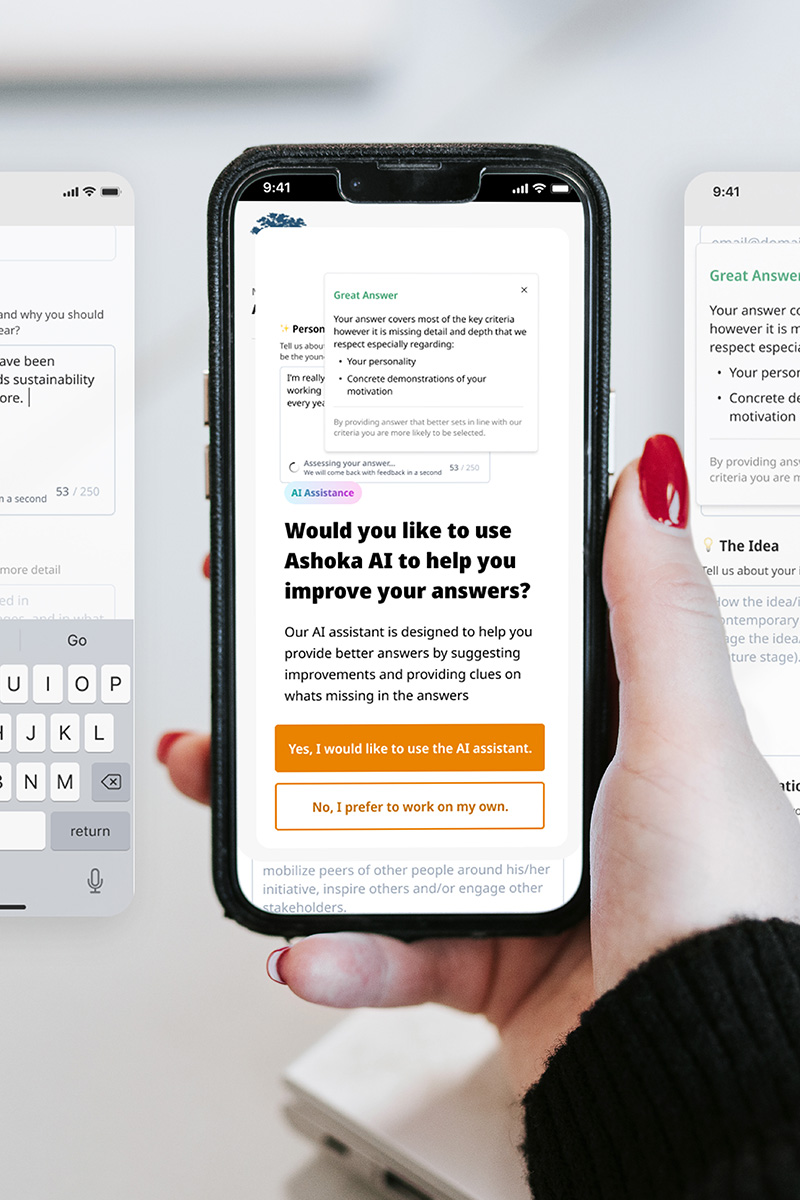Protect your business from the threat of cybercrime and create a safer digital future for your organization
Cybercrime remains a continuous threat to businesses of every size and sector. From phishing attacks to ransomware and data breaches, the consequences of a cyberattack can be devastating. Financial losses, reputational damage, and legal complications are just some of the potential outcomes.
Increase security maturity, protect your business and comply with industry standards
Enhance the utilization and effectiveness of security functionalities within Microsoft 365 and Azure, aligning with security frameworks such as NIS2, CIS18, or NIST. We utilize Microsoft Sentinel (SIEM) and Microsoft Defender (XDR) to increase posture management without increasing incident work. We also provide and support a Security Operations Center (SOC).
Security and secure access are based on Zero Trust principles and best practices with Identity and Access Management (IAM) in the Microsoft Entra product family.

Meet the requirements of the NIS2 regulation with our Security Framework
We have developed a security framework to effectively protect businesses against the continuously evolving threat of cyberattacks. The framework is based on the CIS Control framework and offers several key benefits:
- Risk reduction: By following the CIS Controls, businesses can systematically identify and mitigate cybersecurity risks.
- Regulatory compliance: Implementing the CIS Controls can help businesses ensure compliance with regulations, avoiding costly fines and legal consequences associated with non-compliance.
- Cost Savings: Investing in cybersecurity measures upfront, as recommended by the CIS Controls, can ultimately save businesses money in the long run.
- Business Continuity: Cyberattacks and data breaches can disrupt business operations, leading to downtime, loss of revenue, and damage to customer trust.
- Competitive Advantage: Demonstrating a commitment to cybersecurity through compliance enhances the reputation of a business. It instills confidence in customers, partners, and stakeholders, ultimately contributing to a competitive advantage in the marketplace.
Identify the risks and vulnerabilities within your organization
The first step is to identify the risks and vulnerabilities within the organization. This includes identifying valuable assets, potential threats, and evaluating the impact of a possible breach. We have developed multiple tools and assessments to evaluate your cybersecurity hygiene.
The cybersecurity assessment tool that we have developed is an automated scan of organizational resources based on the CIS Control Framework. The scan identifies various organizational resources, such as:
- Data protection governance
- Data recovery governance
- Access Control Management
- Security Awareness and Skills Training and more...
After the scan, you'll get immediate feedback on which areas to improve.
Protect your organization and mitigate the identified vulnerabilities
After identifying the potential hazards in your organization, the next step is to mitigate the identified vulnerabilities. This phase is crucial as it forms the frontline defense against cyberattacks, aiming to prevent unauthorized access, data breaches, and other security incidents. Examples of measures taken are implementing firewalls, encryption, access controls, and security awareness training.
Defend against threats
The IT landscape is big and expanding. Defending against threats can be done on various levels, such as:
- Email Security
- Identiy Management
- Access Management
- Endpoint security
Training and awareness
Implementing technology is one part of the solution, but training employees is key. Providing regular training and awareness programs to educate employees about cybersecurity best practices, such as identifying phishing attempts and maintaining strong password hygiene.
Detect proactively security incidents
This involves using advanced monitoring and detection tools to identify and analyze suspicious activities, enabling swift responses to potential threats. The key components of detecting threats are:
- Continuous Monitoring: Implementing continuous monitoring solutions to track network traffic, system logs, and user activities in real-time. This involves deploying intrusion detection systems (IDS), intrusion prevention systems (IPS), security information and event management (SIEM) tools, and other advanced monitoring technologies to detect anomalous behavior and potential security incidents.
- Incident Triage and Analysis: Establishing processes and workflows for triaging and analyzing security alerts and incidents. This involves categorizing alerts based on their severity, investigating suspicious activities, and determining the scope and impact of security incidents.
- Threat Hunting: Proactively searching for signs of compromise and malicious activity within the organization's IT environment. Threat hunting involves conducting targeted searches and investigations using both automated tools and manual techniques to identify hidden threats and vulnerabilities that may evade detection by traditional security measures.
At Fellowmind we have developed our own Managed Detection & Response (MDR) service to empower organizations to detect and respond to incidents in their (Microsoft) environments. We leverage the Microsoft Sentinel platform in combination with Microsoft 365 Defender products to deliver this service. MDR is crucial because attackers are becoming increasingly swift in accessing data or compromising organizations. The median time for attackers to begin moving laterally within a corporate network after compromising a device is 1 hour and 42 minutes. Our MDR service will help organizations detect and respond to events that occur in their environments.
Respond quickly to a security incident
Respond involves taking rapid action once a security incident is detected. This may entail isolating affected systems, blocking suspicious activities, and mobilizing an incident response team. The focus is on taking immediate and effective action to address and mitigate the impact of security incidents that have been detected. This phase is crucial for minimizing the damage caused by cyberattacks and restoring normal operations as quickly as possible.
Recover from the impact of a security incident
In the recover phase, the focus is on restoring normal business operations and recovering from the impact of a security incident. This phase is essential for minimizing downtime, mitigating financial losses, and ensuring the organization can resume its activities as quickly as possible. Examples of recovery are:
- Data recovery
- System restoration
- Business Continuity
- Post-incident evaluation
Manage and secure endpoints effectively to enhance overall productivity while maintaining a strong security posture
Empower your organization with Microsoft Intune, the unified endpoint management solution that secures corporate data and enhances workforce productivity. Intune’s robust security features protect against threats on all major platforms, including Android, iOS/iPadOS, Windows, and macOS. It ensures devices adhere to your compliance policies and helps manage access based on real-time risk assessments.
With Intune’s cross-platform support, managing a diverse device landscape has never been easier. Deploy and update applications seamlessly, and provide secure access to essential business resources, regardless of the operating system.
Moreover, Intune’s endpoint analytics offer valuable insights into device performance, helping you proactively resolve issues to maintain optimal productivity and minimize IT interventions.
30%
of the companies have suffered a data breach
60%
of the victims went bankrupt six months after the attack
94%
of malware is received at medium-sized companies.
15%
per year is the growth rate of cybercrime costs for companies
Real-Time Threat Detection
- SOC teams continuously monitor servers, devices, databases, and networks to uncover potential threats in real time.
- Proactive security work keeps them ahead of emerging risks.
Reducing Attack Surface
- SOCs maintain an inventory of assets, apply security patches, and identify misconfigurations. This reduces the organization’s attack surface.
- Researching emerging threats ensures proactive risk reduction
Continuous Monitoring
- Using advanced tools like SIEM and XDR, SOCs monitor the entire environment 24/7. They detect abnormalities and suspicious behavior promptly.
- Threat intelligence helps them understand attacker behavior and infrastructure.
Global Coordination
Large organizations may rely on a global SOC to coordinate detection and response across multiple local SOCs worldwide.
Fortified Security with Microsoft Entra and Zero Trust
In the digital age, the security of identities is top of mind for organizations. Microsoft Entra anchors its robust Identity and Access Management (IAM) solutions in the Zero Trust framework, ensuring secure access across your organization. Zero Trust principles dictate that trust is never assumed; instead, verification is required from everyone, every time, for every access.
Microsoft Entra enhances this approach with advanced IAM capabilities, streamlining secure access while adhering to the best practices of Zero Trust. It’s not just about managing identities; it’s about protecting them with a system that’s always vigilant, always verifying, and always ensuring that access is precisely controlled and monitored.






